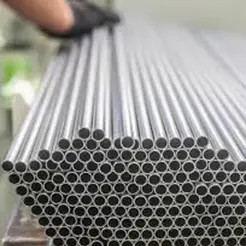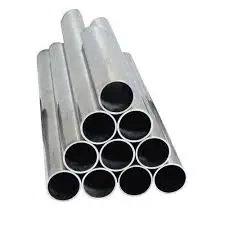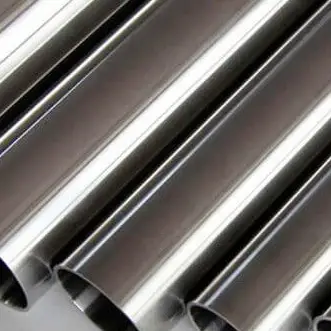
Nickel
201 is a commercially pure nickel alloy that offers excellent corrosion
resistance, good mechanical properties, and high thermal and electrical
conductivity. It is a versatile material used in various industries, including
chemical processing, electronics, aerospace, and marine.
Nickel 201 consists of a minimum of 99.2% nickel. The high nickel content
contributes to its superior corrosion resistance, making it highly resistant to
a wide range of corrosive environments, including acids, alkaline solutions,
and saltwater. It exhibits excellent resistance to both reducing and oxidizing
conditions.
The primary applications of Nickel 201 include chemical processing equipment, where its corrosion resistance is highly valued. It is used in the production of electrical connectors, batteries, and electronic components due to its excellent electrical conductivity. In the aerospace industry, Nickel 201 finds application in aircraft components and rocket motor cases.



Mechanical Properties
|
Tensile Strength |
380 MPa (55,000 psi) minimum |
|
Yield Strength |
105 MPa (15,000 psi) minimum |
|
Elongation |
35% minimum (in 2-inch gauge length) |
|
Hardness |
HRB 45-70 (Typical) |
Physical Properties
|
Density |
8.89 g/cm³ |
|
Melting Range |
1446°C (2635°F) |
|
Thermal Conductivity |
70.2 W/m·K (at 20°C) |
|
Electrical Resistivity |
9.6 μΩ·m (at 20°C) |
|
Modulus of Elasticity |
204 GPa (29.6 x 10^6 psi) |
|
|
|
Chemical Composition (% by weight)
|
|
||
|
Element |
Min |
Max |
|
Ni |
99 |
- |
|
C |
- |
0.02 |
|
Fe |
- |
0.40 |
|
Mn |
- |
0.35 |
|
Si |
- |
0.35 |
|
Cu |
- |
0.25 |